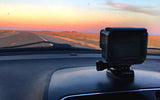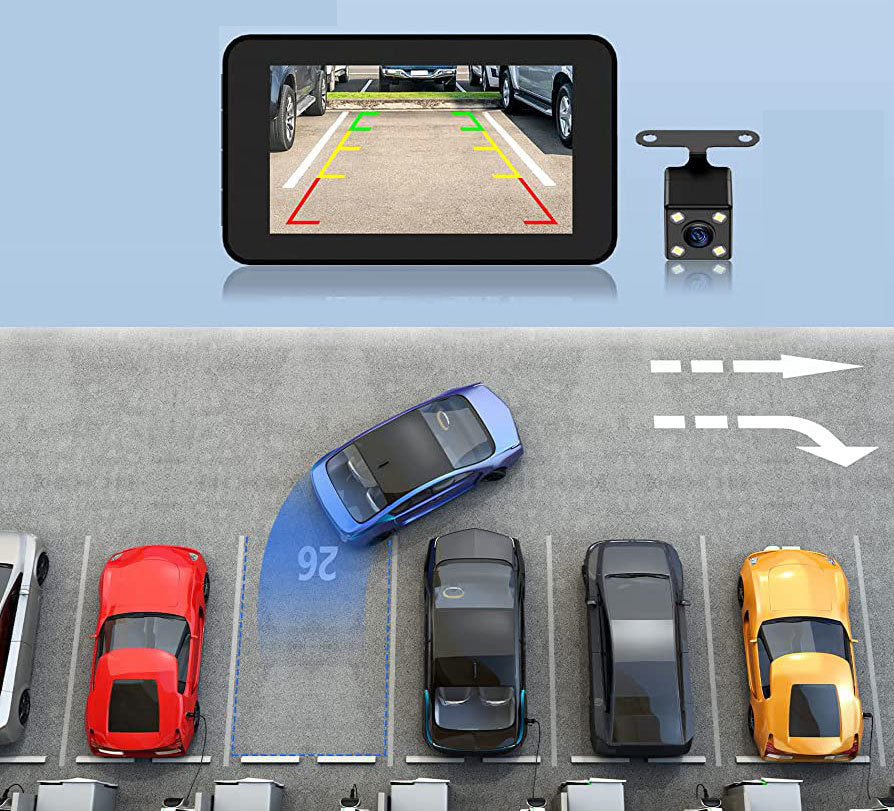
Mounting your dashcam on the dashboard
, by Allcam dashcams, 1 min reading time

, by Allcam dashcams, 1 min reading time
Most dashcams are designed to be mounted on the windscreen, for example behind the interior mirror . This is where it is least noticeable while driving and from there the dashcam has the best view of the road. If this is not possible or desirable, you can consider mounting the dashcam on the dashboard, but this is not convenient or possible with every dashcam.
Dashcams with suction cup mounting are generally not suitable for placing on the dashboard. The surface is not smooth enough and, moreover, this type of mount is usually not designed to support a dashcam upside down. Even for non-cylinder dashcams with sticker mounts, the holder is usually not suitable for placing upside down. The dashcam will then become too unstable and will make poor recordings with lots of vibration or even fall over. Basically, only cylindrical dashcams are therefore suitable for placing on the dashboard.
If you have to turn the dashcam over to place it on the dashboard, the image will naturally be recorded upside down. Some dashcams, such as DDPai, therefore have an option in the menu to rotate the image 180 vertically. If your dashcam does not have this option, you can also flip the footage later on the PC via any video player. The downside is that the data that normally appears at the bottom of the image, such as the date and time, will be displayed upside down at the top of the image.

Some dashcams, such as the AZDome BN03 and M300S, have a holder that can be rotated 180 or 360 degrees vertically. In that case, you can place the dashcam on the dashboard without any problems. Instead of rotating the dashcam 180 degrees, you actually rotate the holder 180 degrees downwards while the dashcam remains facing forward.


